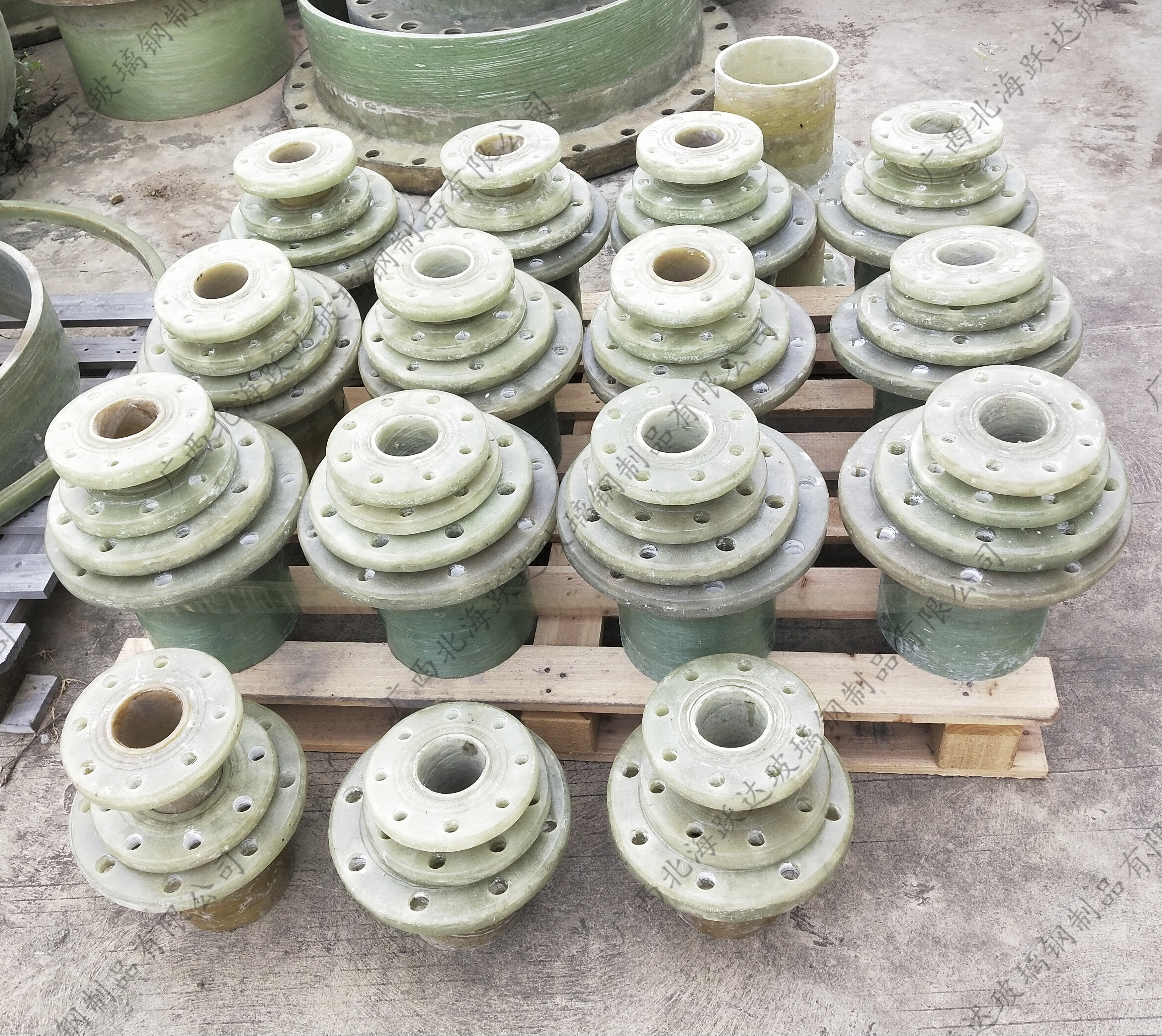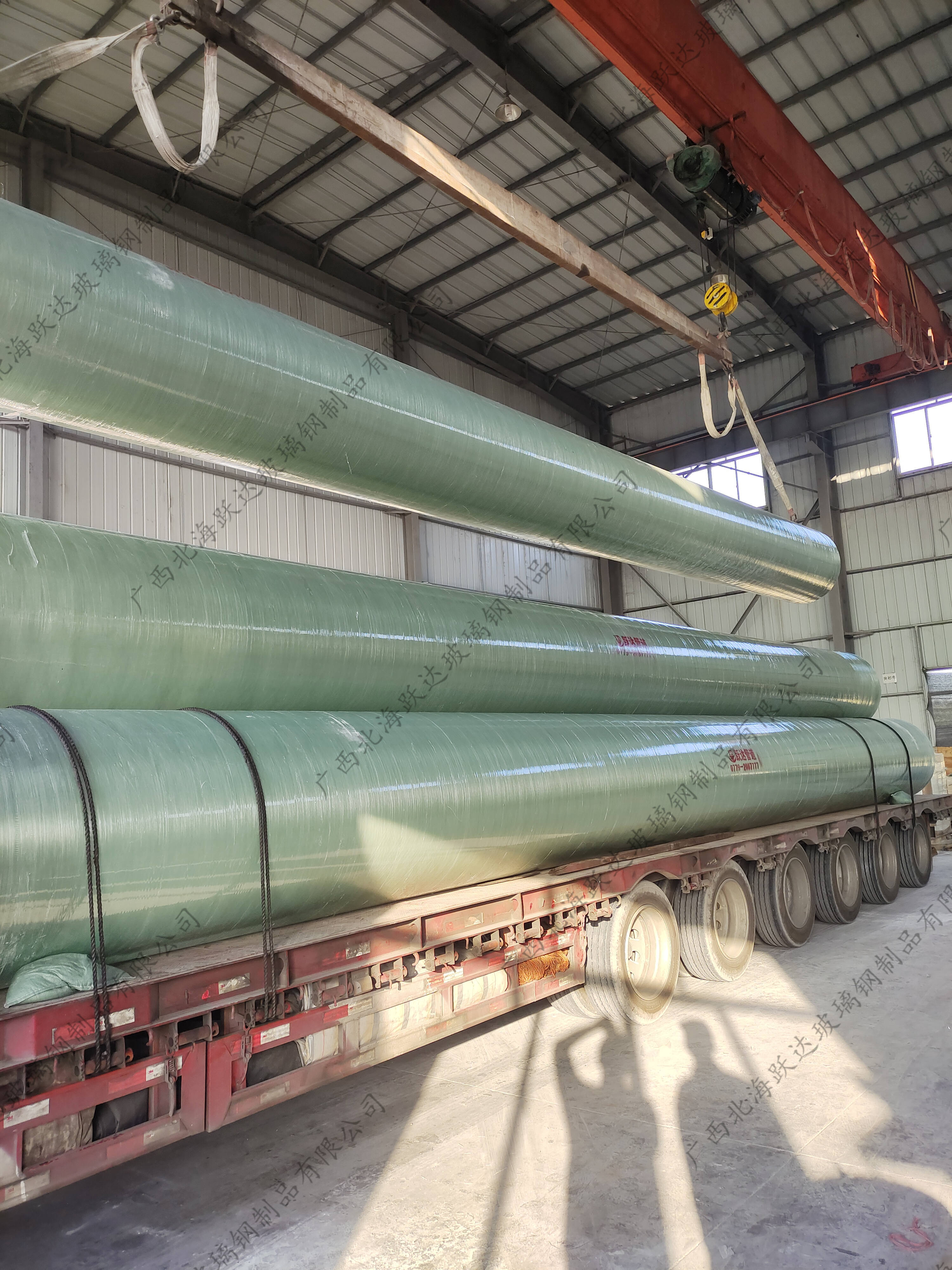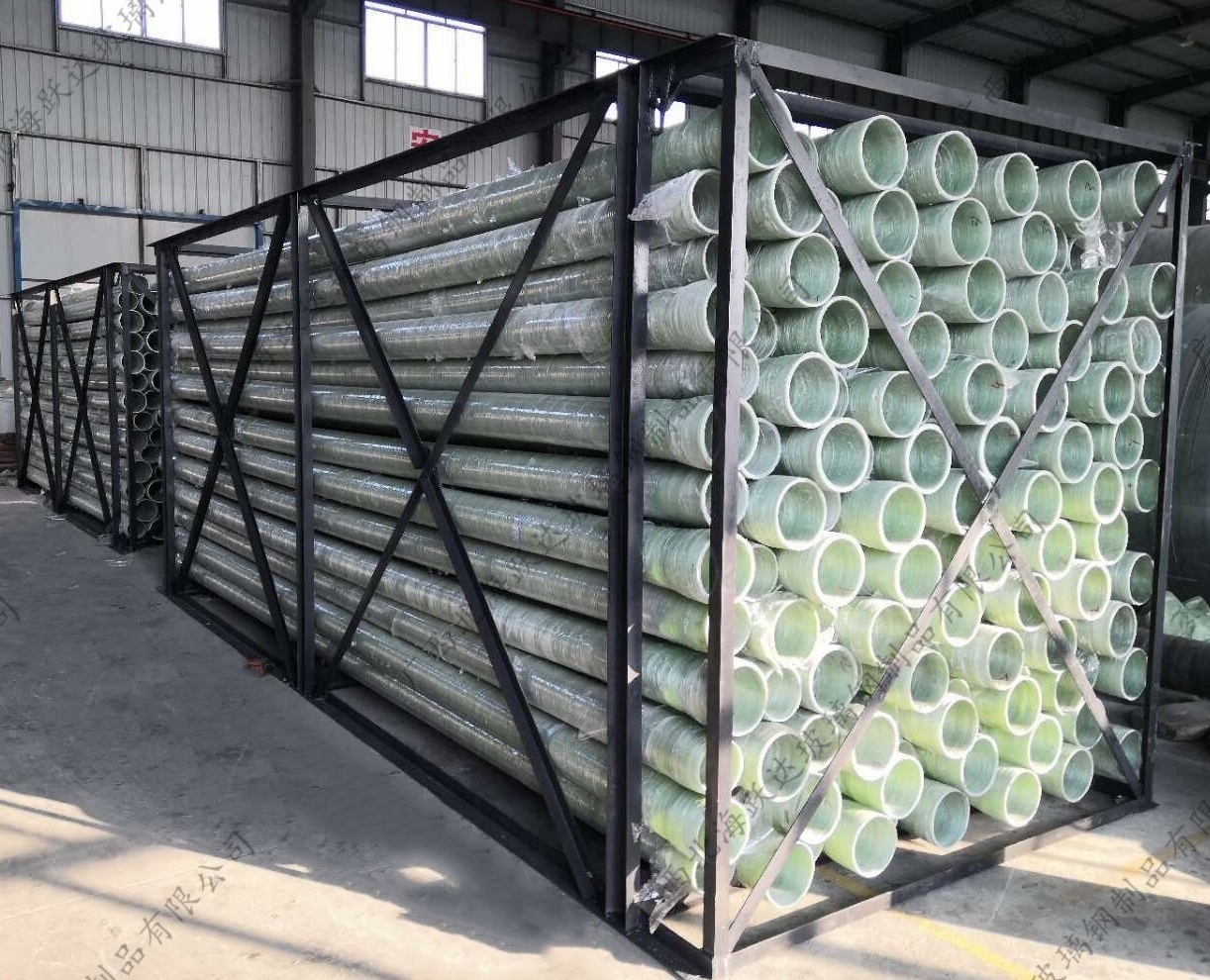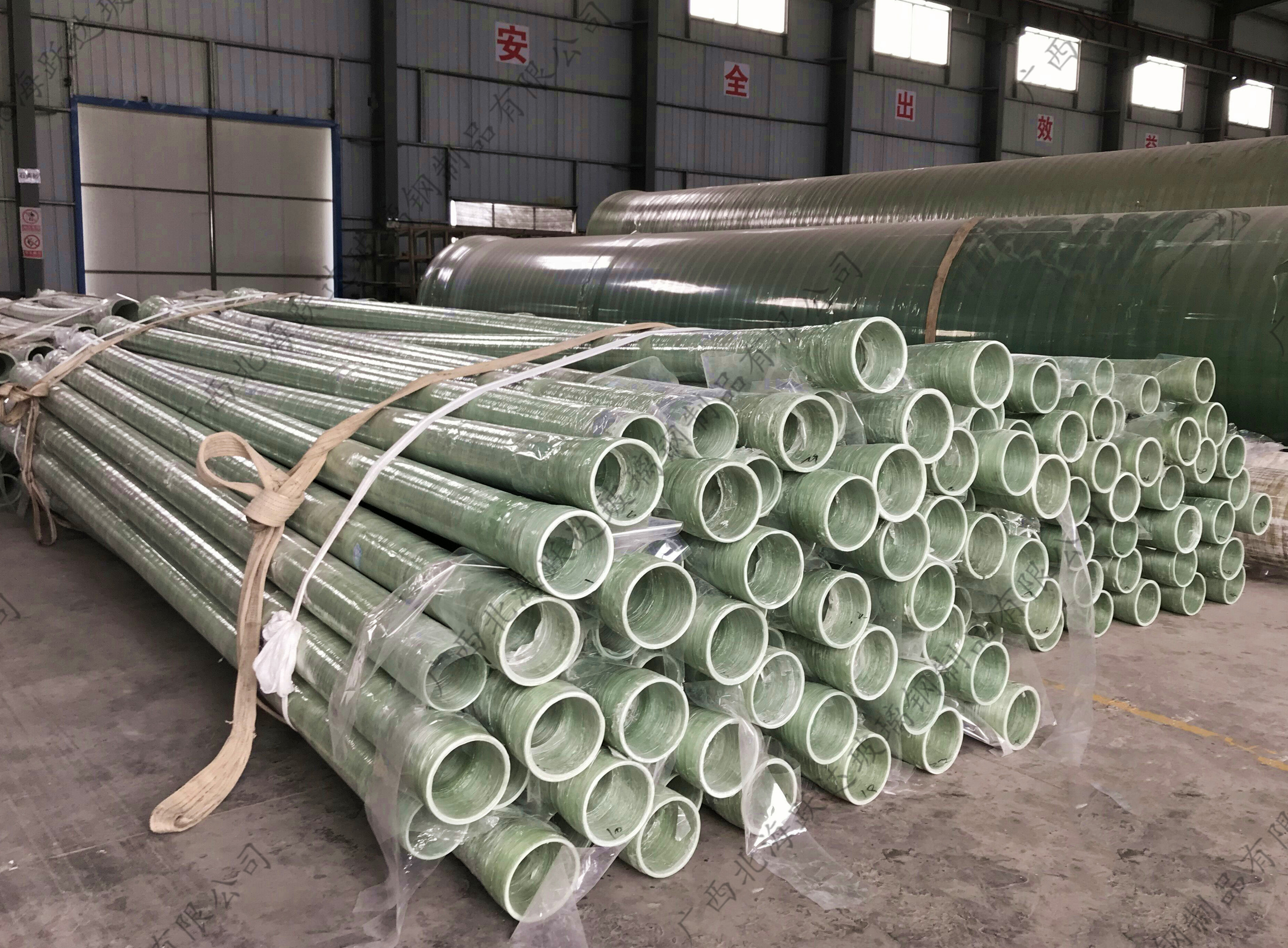Product classification
Fiberglass septic tank
- Product Description
- Product Parameters
-
1.Usage method of fiberglass septic tank
1. The selection of fiberglass septic tanks is based on the design parameters calculated by the design personnel of the individual project according to different buildings.
2. The location of the fiberglass septic tank should be set in principle so as not to affect the building foundation; generally, the distance from the drinking water pool should not be less than 10m, and the distance from underground water intake structures should not be less than 30m. When the foundation plane of the building is higher than that of the septic tank, the distance from the outer wall of the septic tank should not be less than 2m. When the foundation plane of the building is lower than that of the septic tank, the distance from the outer wall of the building to the septic tank should not be less than 5m.
3. The minimum cover soil for the overall fiberglass septic tank is 0.3m, and the maximum cover soil should not exceed 3m. In cold regions, when the minimum temperature is below -10℃, the cover soil depth of the septic tank must not be less than 1.2m. In areas where the average temperature in the coldest month is less than -13℃, designers should ensure that the installation depth of the fiberglass septic tank is below the freezing line of that area.
4The fiberglass septic tank should be installed under green belts, lawns, and sidewalks, with cover soil not exceeding.l.5mIt can also be installed on road sections.
5. Manhole cover: When not passing cars, use a locked lightweight double-layer manhole cover and cover seat; when passing cars, use a locked heavy-duty double-layer. The fiberglass septic tank also considers the needs of community greening or the need for paving in roads and squares, with cast iron or high polymer manhole covers level with the ground. In paved areas, the manhole cover can be appropriately lowered below the paving bricks, and the paving bricks on the manhole cover must be able to be opened when the manhole cover needs to be opened.
6. If the volume of the fiberglass septic tank exceeds 50 m³, two single tanks can be set up in parallel or in series. If in series, the designer must notify the manufacturer in advance for presetting, and the distance between the outer walls of the tanks must not be less than 500mm.
2. Installation and use of fiberglass septic tank
1. Excavation and treatment of the foundation pit
The positioning and line laying of the fiberglass septic tank product should be determined according to the engineering design drawings. The foundation pit should be excavated according to the selected model and the given dimensions. When the foundation pit is excavated to the predetermined elevation, the gray soil cushion layer should be compacted, and the foundation bearing capacity should not be less than 100KN/㎡. When using yellow sand with a thickness of 500mm-100mm as a cushion layer, remove larger bricks or debris mixed in the sand, and level and compact it to prepare for the installation of the overall fiberglass septic tank.
2.Pit installation
When installing the fiberglass septic tank in combination or when there is groundwater and the soil quality is poor, a 100mm thick layer of pebbles or crushed stones should be compacted, and a 100mm-300mm C10 grade concrete cushion layer should be set on top, followed by a 100mm sand cushion layer, and the sides of the tank should be filled with compacted soil.
3. Water filling of the septic tank
After the fiberglass septic tank is hoisted into place and meets the requirements, it must be filled with 1/3 clean water to stabilize it before manual compaction.
4. Layered backfilling
After the fiberglass septic tank is in place, backfill the surrounding area with sand (the height should not be less than half the diameter of the tank). It is strictly forbidden to use construction waste as backfill soil. Stones in the backfill soil should be removed, and the backfill soil should be compacted in layers, with each layer compacted by 30mm. Manual compaction is recommended, and it is important to avoid localized heavy impacts (such as air tampers) during backfilling, ensuring that the backfill soil around the tank is compact.
3. Dimensions of fiberglass septic tank
Model
V (m)
L(mm)
Ø(mm)
H(mm)
h1-h2(mm)
实际V(m)
HZSB-1
3
1750
1700
1730
1500—1400
3.42
HZSB-2
6
3000
1700
1730
1500—1400
6.36
HZSB-3
9
4250
1700
1730
1500—1400
9.20
HZSB-4
12
5500
1700
1730
1500—1400
12.04
HZSB-5
16
3800
2300
2430
2200—2100
15.82
HZSB-6
20
5500
2300
2430
2200—2100
20.84
HZSB-7
25
6700
2300
2430
2200—2100
25.91
HZSB-8
30
5500
2800
2830
2600—2500
31.85
HZSB-9
40
7000
2800
2830
2600-2500
40.00
HZSB-10
50
8500
2800
2830
2600-2500
50.31
HZSB-11
60
10000
2800
2830
2600-2500
60.09
HZSB-12
75
10000
3160
3190
2960-2860
76.39
HZSB-13
100
13000
3160
3190
2960-2860
100.62
Explanation: V is the volume, h1- h2 is the height of the inlet and outlet holes, L is the length, H is the height
Note: 1. The diameter of the inlet and outlet pipes and connecting pipes is 200mm or determined by the user.
2. Check that the diameter of the exhaust hole is 200-500mm.
3. The inlet diameter of the water storage tank is 100mm.
4. The diameter of the inlet and outlet of the oil separator should be greater than 160mm.
When the volume is greater than 100m, a combination of series and parallel can be used.
Key words:
Product Consulting
Note: Please leave your mobile phone number and email address, our professionals will contact you as soon as possible!










